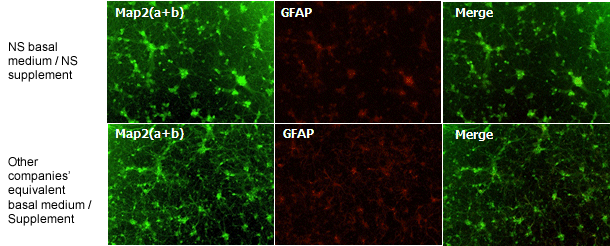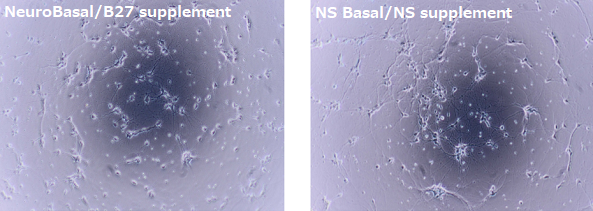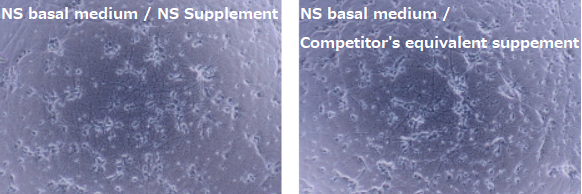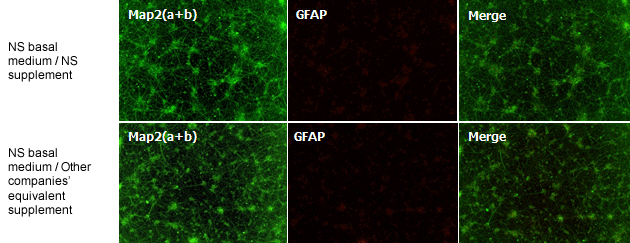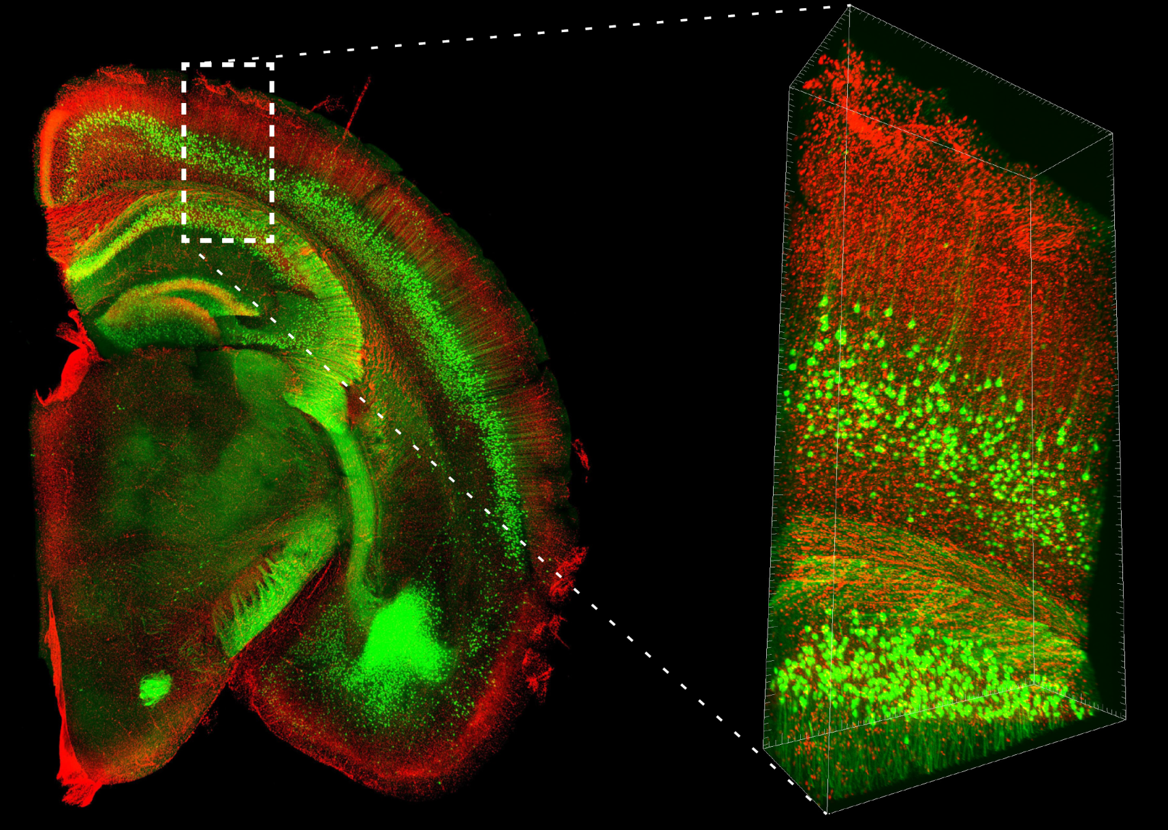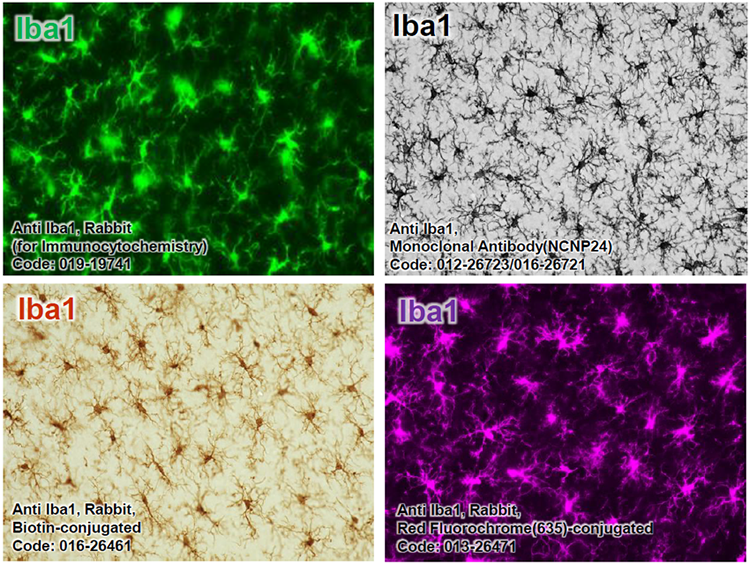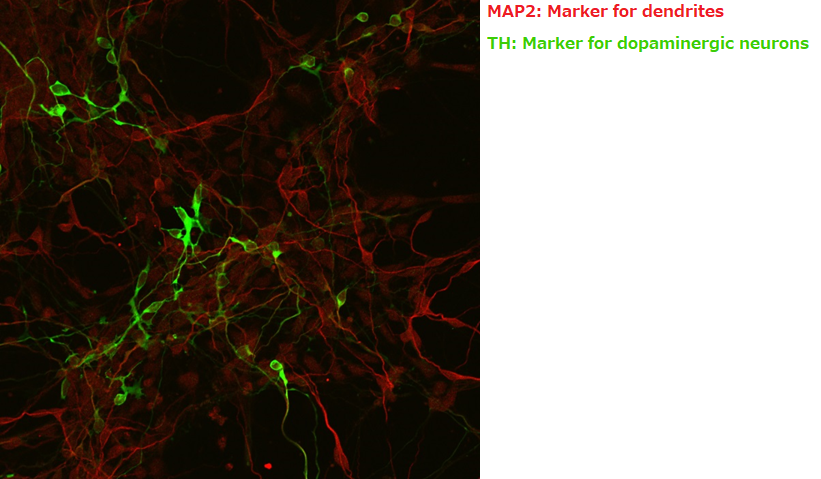

Neuron Culture Medium-For those having difficulties with primary neuronal cultures
The product is a serum-free medium designed for primary culture of rat and murine neurons, and is suited for culturing cells of the central nervous system. The product contains culture supernatant of rat glial cells.
Features
Rapid production of mature neurons
Approximately 1/2 of conventional culture method
Neuron culture medium: 14 days
Conventional culture medium: approximately 1 month
Low density culture
1/5 - 1/10 the number of cells compared with conventional methods
Neuron culture medium: 0.1 ×106 cells/mL
Conventional culture medium: 0.5~1.0×106 cells/mL
Ready-to-Use
Cells can be cultured with the culture medium alone, with no need for additional supplements.

